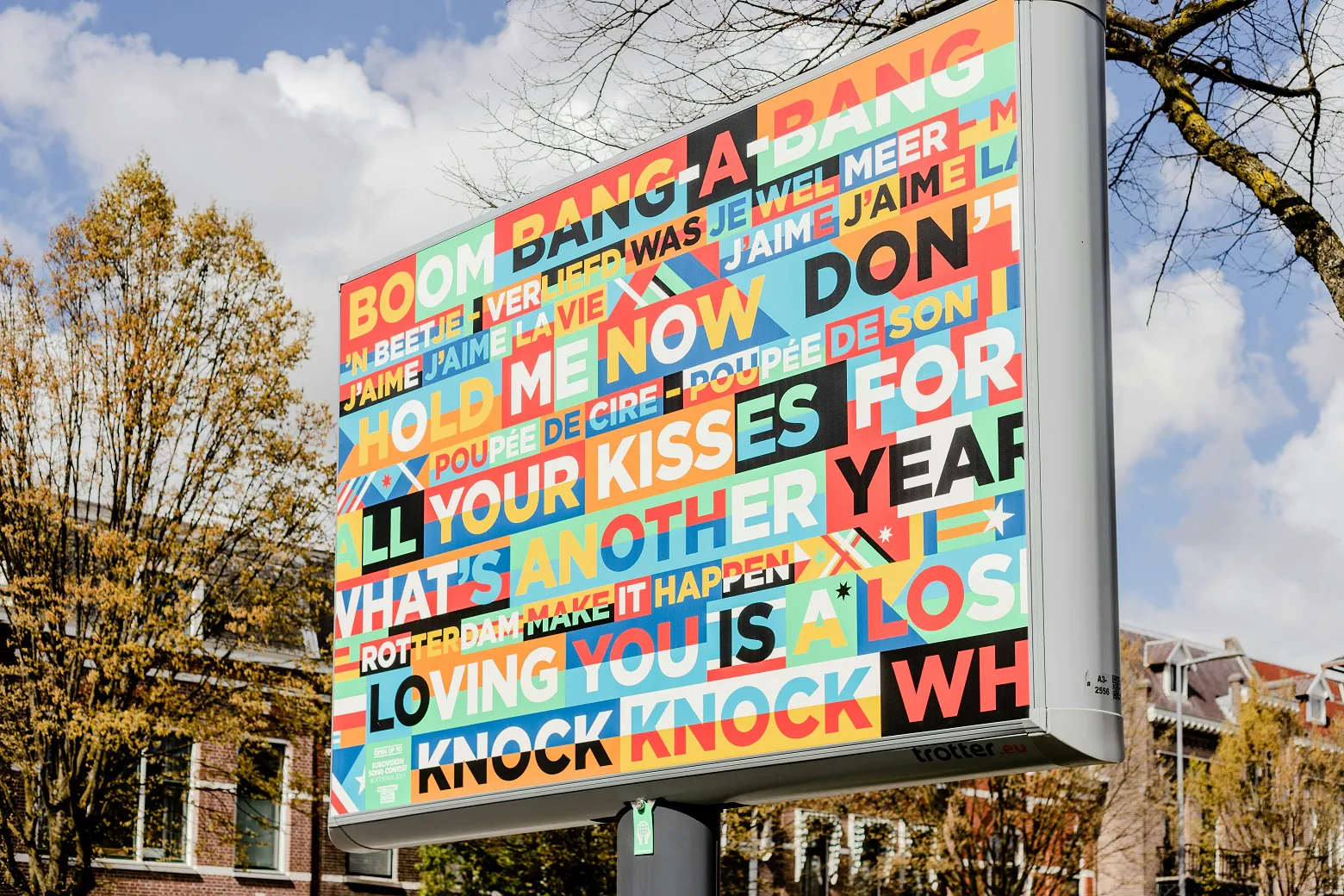Signs are everywhere. People may not actively notice it, but there are displays and signages everywhere. They can be found in learning environments, workplaces, public transportation, government offices, entertainment establishments, retail environments, and other public spaces. These visual symbols and illustrations give us instructions, provide reminders, spread information, and more. However, the signs didn’t exactly look like today’s bold and striking displays before.
From simple symbols to elaborate paintings to modern prints, the history of signage is rich and engaging. Here’s a brief and concise overview of the history of signage and how people have been making visual displays throughout the years.
Prehistoric Era (30,000 BCE-3,000 BCE)
Cave Paintings and Rock Art: Early humans utilized caves and rock surfaces as canvases for their artistic expressions. This resulted in various cave paintings and rock art that were later discovered. These paintings often depicted scenes of daily life, hunting expeditions, and religious rituals. Cave paintings served not only as artistic endeavors but also as means of communication, storytelling, barter, and trade within early human communities and societies.
Ancient Civilizations (3,000 BCE-500 CE)
Mesopotamian Cuneiform
The Sumerians of Mesopotamia developed cuneiform writing around 3,500 BCE. Cuneiform involved using wedge-shaped impressions on clay tablets to represent words and concepts. This system evolved and was adopted by various civilizations in the region, including the Babylonians and Assyrians, for record-keeping, administration, and communication. Interestingly enough, this was considered the earliest form of writing ever recorded.
Egyptian Hieroglyphics
Hieroglyphic writing emerged in ancient Egypt around 3,200 BCE. Hieroglyphs consisted of pictorial symbols representing objects, sounds, or ideas. Initially used for ceremonial and religious inscriptions on temple walls and tombs, hieroglyphics eventually became a widespread writing system for administrative purposes and literature. Hieroglyphics was considered the formal and official writing system of the ancient Egyptians for the Egyptian language.
Logos and Symbols and the Rise of the Greek Alphabet
Meanwhile, in Ancient Greece, the ancient Greeks used logos and symbols on their signages to communicate their businesses to other citizens. An example would be using the symbol of the goddess Demeter (goddess of the harvest) for grain and bread.
Of course, later, they would also discover a proper writing system that would influence other civilizations. The Greek alphabet was developed in Greece around 1000 BCE. Its early variations were used for monuments and inscriptions. Now, it is considered the ancestor of all modern European alphabets.
Middle Ages (500 CE-1500 CE)
Manuscript Illumination: During the medieval period in Europe, monks meticulously hand-copied religious texts and embellished them with colorful illustrations and decorative motifs. These illuminated manuscripts served as both religious artifacts and works of art. They are often commissioned by wealthy patrons for a display of wealth and luxury, or by religious institutions and monasteries for display and information.
Calligraphy in East Asia
In East Asia, calligraphy became a highly esteemed art form. Chinese calligraphy, with its intricate brush strokes and emphasis on balance and harmony, adorned scrolls, screens, and other decorative items. Similarly, Japanese kanji characters were meticulously crafted using brushes and ink on scrolls and paper.
Printing Revolution (15th-16th centuries)
Gutenberg's Printing Press
A German craftsman known as Johannes Gutenberg pioneered the invention and development of the movable-type printing press in the mid-15th century, revolutionizing the production of books, pamphlets, printed materials, and other visual materials. This innovation democratized access to information and facilitated the dissemination of ideas among the masses. This led to the proliferation of printed signage, posters, and notices in urban centers across Europe. In a way, Gutenberg increased literacy and education among European citizens during this period.
Woodblock Printing in East Asia
While Gutenberg's press had a profound impact on Europe, East Asia developed its printing traditions. Woodblock printing, which originated in China and was an innovation of the Tang and Song dynasties, involved carving text and images into wooden blocks for printing on paper. This technique was used to produce books, newspapers, and other artistic prints.
Woodblock printing also appeared in countries like Japan, where it was used to disseminate texts, especially religious scriptures. Further in the 16th and 17th centuries, woodblock prints in Japan were also frequently used to depict entertainment and pleasure districts and encourage visitors.
Industrial Revolution (18th-19th centuries)
Mass-Produced Signage
The Industrial Revolution, of course, brought about significant advancements in manufacturing and materials, making it a pivotal time in the history of signage. As creating and producing goods shifted from manual to machine, the mass production of visual signage arrived. Metal, glass, and wood became popular materials for signage. People also started using cast iron and steel materials, which made signage a lot more durable and long-lasting. With this new development, signages were then used for advertising, branding, and directional purposes in flourishing urban centers.
Enamel Signs
Enamel signage, characterized by its durable, glossy surface, gained popularity in the late 19th and early 20th centuries in the United Kingdom. Developed by Benjamin Baugh in Birmingham, enamel signs had their first dedicated factory in 1889. Enamel, a type of glass fused to metal, offered weather resistance and vibrant colors among signages. This made enamel signs ideal for outdoor advertising and street signage for businesses and establishments.
20th Century
Neon Signs: Neon signage emerged in the early 20th century, utilizing neon gas-filled tubes to produce bright, colorful illumination. Neon signboards became iconic features of urban landscapes. They were usually placed at storefronts, theaters, entertainment venues, and other establishments. Their striking visual appeal and ability to attract attention contributed to their widespread use in commercial advertising and entertainment businesses on the nightlife scene.
Digital Signage
The latter half of the 20th century saw the rise of digital signage technologies. Initially utilizing incandescent bulbs and later transitioning to LEDs, digital signs offered dynamic content display and programmable messaging capabilities. Digital signage found applications in retail, transportation, hospitality, and other industries. This kind of signage provides flexibility and interactivity in conveying information and advertising messages. This makes them an ideal signage solution for a lot of businesses and establishments.
21st Century to now
Advanced Digital Signage
Digital signage technologies continued to advance in the 21st century in the history of signage. This includes the development of high-resolution LED displays, touchscreen interfaces, and cloud-based content management systems. These advancements enabled more sophisticated and interactive signage solutions for various establishments. Now, they can be tailored to specific environments and audience preferences.
AR and VR Signage
Augmented reality (AR) and virtual reality (VR) technologies have also opened up new possibilities for signage design and engagement. AR overlays digital content onto the real-world environment, allowing for interactive experiences and informational overlays. VR, on the other hand, creates immersive virtual environments where signage can be integrated seamlessly. These technologies offer unique branding and marketing opportunities in the modern world.
Sustainability and Eco-Friendly Materials
With growing environmental awareness among consumers, there's a trend towards using sustainable materials and energy-efficient lighting solutions in signage solutions. Recycled materials, low-energy LEDs, and solar-powered signage are becoming more popular as businesses and local governments prioritize eco-friendly practices.
This history of signage is as intriguing as its future. As the world speeds towards modernization, signages will only continue to evolve and flourish. And with digital signage innovators like the SOLUM Group, businesses, and establishments will continue to take advantage of new signage solutions and adapt to the modern world.











